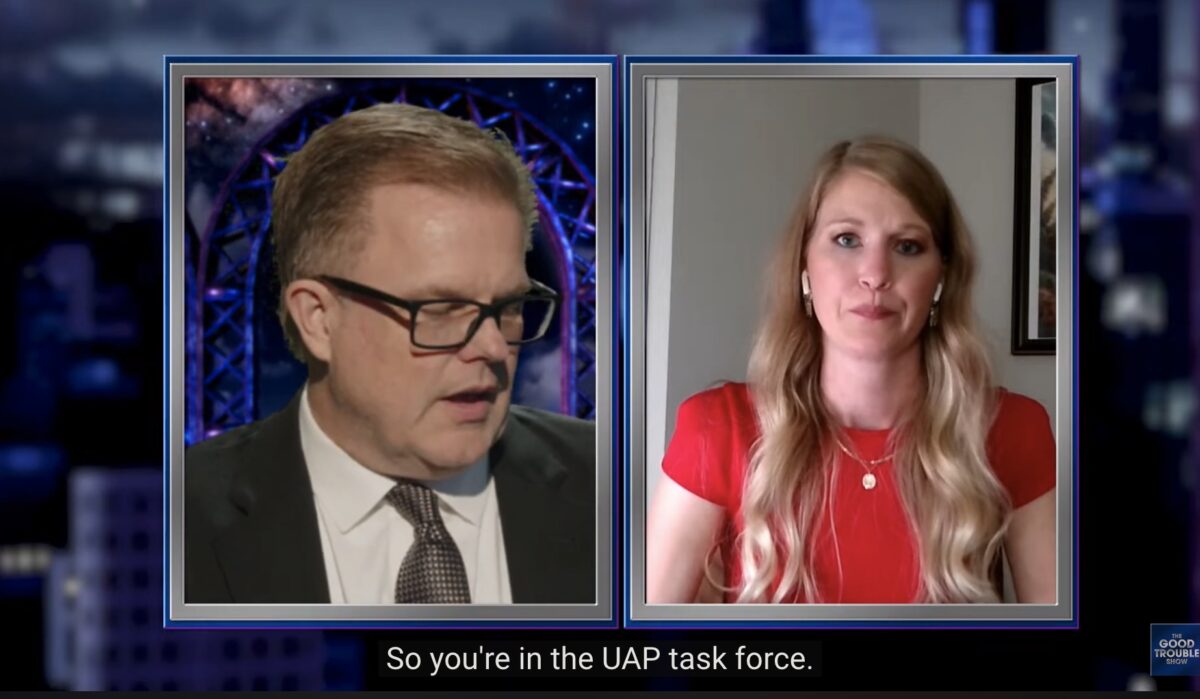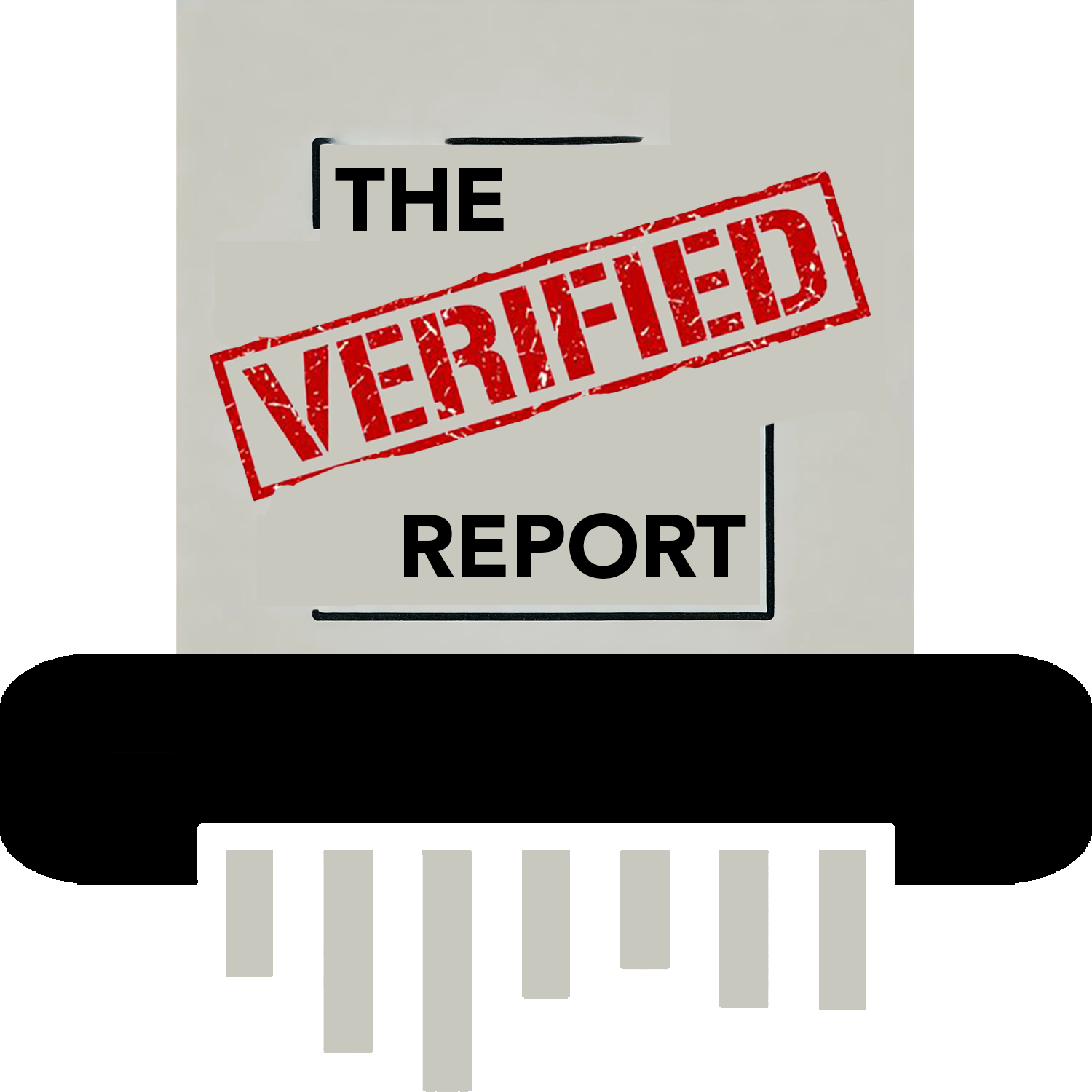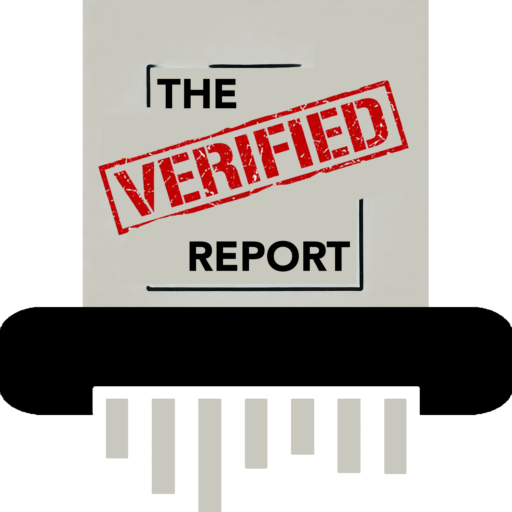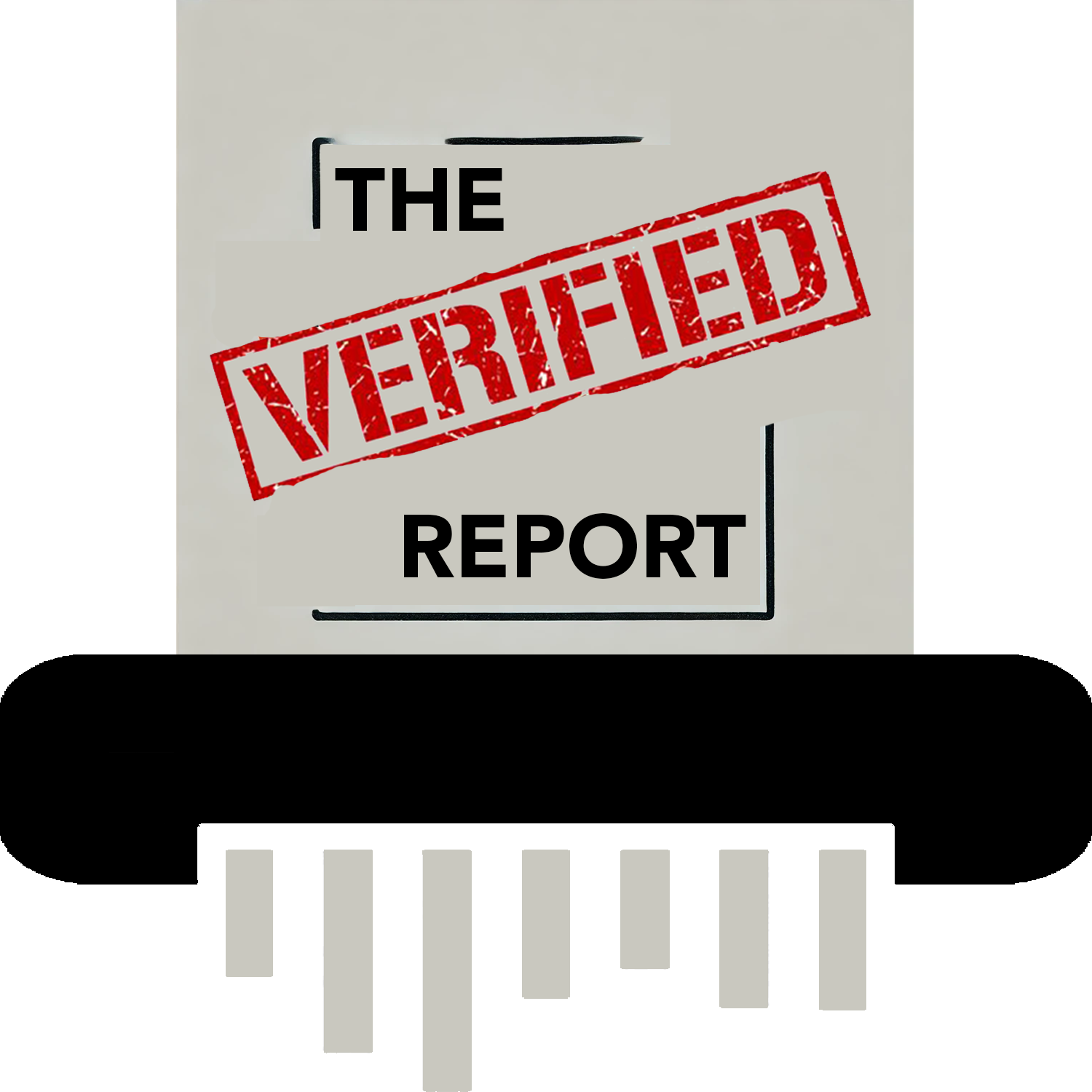On September 11, “The Good Trouble Show” host Matt Ford interviewed Sarah Gamm, a former member of the UAPTF (UAP Task Force.) While many interesting points were brought up during the interview, perhaps one of the most revealing was what Gamm shared about AARO (the All-domain Anomaly Resolution Office.) Although AARO was essentially the successor to the UAPTF, the new organization had no interest in UAPTF members’ findings or their database of UFO potential sightings, according to Gamm. This was despite the task force being certain that some of their videos were of non-terrestrial UFOs.
According to her LinkedIn profile, Gamm works at SAIC as a nuclear campaign analyst. She’s previously worked for the Office of the Director of National Intelligence as a Nuclear Counterproliferation Strategist, for the NGA as a Research Scientist, and more. She was an analyst for the UAPTF, the same group that UFO whistleblower David Grusch worked with, along with Travis Taylor from Skinwalker Ranch.
AARO Refused Information from the UAPTF’s Database, Gamm Said

Gamm explained during the interview that the UAPTF was put on pause due to COVID in 2020, and then AARO was announced. That’s when everything changed.
“It was just really sad,” Gamm shared at about one hour and eight minutes into the interview.
“When people started coming back to the office after the shutdown, I started reaching out, seeing if I needed to carry on with the experiment that I was going to be a part of…” she shared. “I was really excited about it. But I started reaching out to people again and kept on getting crickets. And then after a little bit longer, I kept trying to reach out every once in a while thinking somebody was just not back in the office yet… So then I just kind of gave up…”
She said she started her position at ODNI at that point and was moving on.
“But I was still supporting from the collaboration tools, so I was still very present and a part of things from that aspect…” she said. “And was still able to see a few videos that might have been posted … in that collaboration space. And htere was crickets. There was silence back. And I just thought it was very odd. So I just kind of thought, oh well, maybe that’s just not a thing anymore. Maybe the interest is gone.”
But then AARO was announced, and she was excited at first, she said at about 1:10 into the interview.
“And then AARO came along,” she recalled. “So when that came up, I was like, oh my gosh, that’s great. I wonder if the other task force people are getting pulled in… And so I started trying to figure out who was on it. And it was just, no matter what route you went down, you hit a solid brick wall… I was so sad to be so excited about something, and a lot of work was put into a lot of things for a few years. And, and then all of a sudden it was gone.”
She said a friend was able to get a few things carried forward into AARO, but that was it.
“We would try to share our data and stuff with them [AARO],” she said at about 1:11 into the interview. “We’d finally get in touch with somebody. They’d say, no, we have our own database…”
When Ford clarified that AARO turned them down when they tried to share all of their data and evidence with the agency that they had collected, she confirmed yes, that is what happened.
She clarified more at about 1:12:49.
“I know a few of us tried a few times,” she said. “…When I really started trying to, I guess, poke the bear, to be like, do you want this data? We’ve worked hard on this. And so when I really poked, it was like, nah, we got our own database… I know people higher up than me that were at a different agency tried hard as well, but I’m not gonna speak up for other people… I hope they’ll come forward.”
She later added, at about 1:34:38, “I have seen Dr. Kirkpatrick talk in person, and I know some of the things that he said were not accurate… I don’t know why. I don’t think I’ll ever know why this ended up being how AARO was led. If he was being manipulated or I had no clue. I’ve heard all kinds of theories on what was being done, but I just know the facts that there were brick walls…”
Gamm Said She Saw Some Videos That Were Definitely ‘Non-Terrestrial-Based’
At about 1:02:30 into the interview, Gamm said: “I saw a couple of videos that I can’t get into the source of them, but they’re no doubt non-terrestrial-based.”
“I saw a couple of videos that—I can’t get into the source of them, but they’re no doubt not terrestrial-based.”
-Former UAP Task Force Member/NGA Employee/Intelligence Analyst Sarah Gamm
#ufotwitter #ufoX pic.twitter.com/rOlIvale1n
— UFOs&Disclosure (@uaphenomenon) September 12, 2024
Ford asked if that was the consensus within the UAPTF itself and she added: “Oh yeah.” She added that they would review camera systems, wind speed, parallax, altitudes, and more to make their determinations. And after they did their investigations of sightings, they would “send what we found up to whoever was higher up than us.”
She said that although there was quite a bit of stigma at first, the more reports they got from fighter jet pilots and commercial pilots, the more the stigma began to die away.
Ford clarified at about 1:05 if she was able to see high-resolution imagery of UAPs that definitely weren’t of human origin, and she confirmed that they could.
Stephanie Dwilson is a licensed attorney and has a master's in science in science and technology journalism. She's known for her thorough, accurate reporting and commitment to journalistic integrity in all her work. You can reach her at writerdube@gmail.com.








